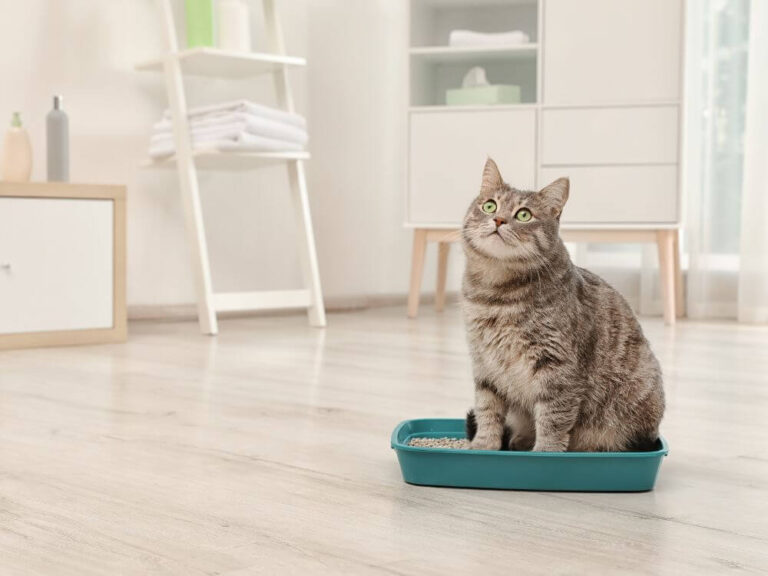Training a Kitten: How to Get Started

Kittens are curious, playful, and intelligent creatures. Training them early can create a bond between you and your feline friend, while also establishing good behavior habits. In this guide, we’ll explore essential steps and techniques for training a kitten, making it a fun and rewarding experience for both of you.
Why Start Training Early?
Kittens are highly receptive during their early months. Between 2 and 6 months of age, they are more open to learning and developing social skills. Early training helps avoid bad habits and ensures your kitten grows into a well-behaved adult cat.
Creating a Positive Training Environment
A calm and positive environment is essential for successful kitten training. Avoid distractions and make sure your kitten feels safe. Use a quiet room or a familiar space in your home. Rewarding good behavior with treats, toys, or affection encourages your kitten to repeat these behaviors.
Use Positive Reinforcement
Positive reinforcement is key when training a kitten. Rewarding good behavior with a treat or a toy helps your kitten understand what’s expected. Consistently praising your kitten when they behave well reinforces positive actions. Avoid punishments, as they can create fear and stress.
Litter Box Training
Litter box training is one of the first skills you’ll need to teach your kitten. Luckily, most kittens pick up on this quickly, as it’s an instinctual behavior for them.
Choose the Right Litter Box
Choose a shallow litter box that your kitten can easily access. Place the box in a quiet, easily accessible location, but away from their food and water. Cats naturally prefer clean areas to relieve themselves.
Introduce Your Kitten to the Litter Box
When you bring your kitten home, place them in the litter box and allow them to explore it. After meals, naps, or playtime, guide them to the litter box until they use it regularly. If accidents happen, don’t scold them. Simply place them in the litter box, and they’ll start associating it with the right spot.
Teaching Your Kitten to Come When Called
Training a kitten to come when called can be practical and fun. Begin by calling their name during feeding time, so they associate it with something positive.
Use a Consistent Command
Use a consistent command like “come” or their name. When your kitten responds, reward them immediately with a treat. Over time, your kitten will respond even without food as a reward, but using praise or play instead.
Leash Training a Kitten
While it may seem surprising, many cats enjoy walking on a leash, allowing them to explore the outdoors safely.
Introduce the Harness Slowly
Start by introducing your kitten to a lightweight harness indoors. Let them get used to the feeling without attaching a leash right away. Once they seem comfortable, clip on the leash and let them drag it around the house under your supervision.
Practice Indoors First
Before venturing outside, practice walking indoors. Gently guide your kitten with the leash, offering treats or praise for following you. Keep the sessions short and positive, and gradually increase the time spent practicing.
Teaching Basic Commands
Kittens are intelligent and capable of learning basic commands like “sit,” “stay,” and “down.” These commands not only provide mental stimulation but also help with discipline.
Start with “Sit”
To teach your kitten to sit, hold a treat above their head, moving it slowly backward. As they follow the treat, they will naturally sit down. Once they sit, say “sit” and reward them immediately. Repeat this exercise several times a day until your kitten associates the word with the action.
Teaching “Stay”
Once your kitten masters “sit,” you can move on to “stay.” After your kitten sits, hold your hand out in front of them and say “stay.” Take a step back and, if your kitten stays put, reward them. Gradually increase the distance, always rewarding successful attempts.
Socializing Your Kitten
Socializing is a crucial part of training. Exposing your kitten to new people, environments, and other animals helps them grow into a confident and well-adjusted adult cat.
Introduce New Experiences Gradually
Gradual exposure to different sights, sounds, and people will help prevent fear or aggression later in life. Introduce your kitten to new experiences one at a time, ensuring that each encounter is positive.
Playtime Is Essential
Playtime is vital for socializing kittens and teaching them how to interact with others. Interactive play with toys like feather wands or laser pointers allows your kitten to develop hunting instincts while bonding with you.
Managing Scratching Behavior
Scratching is a natural behavior for kittens, but it can become a problem if they target your furniture. Providing appropriate outlets for scratching is essential.
Provide Scratching Posts
Place scratching posts around your home to give your kitten a designated spot to scratch. If they start scratching furniture, gently redirect them to the post. Reward them when they use it correctly.
Trim Their Claws
Regularly trimming your kitten’s claws can reduce damage from scratching. Start trimming their claws while they’re young, so they get used to the process. Use cat-specific nail clippers and take care not to cut too close to the quick.
Handling Biting and Rough Play
Kittens love to bite and play rough, but these behaviors can become problematic if not addressed early on.
Redirect Their Energy
When your kitten starts biting during play, redirect their energy toward a toy. Avoid using your hands or fingers as toys, as this encourages biting. Offer a soft toy or something they can safely bite instead.
Use Time-Outs
If your kitten bites too hard, give them a short time-out by stopping the play session. This teaches them that biting ends the fun, and they’ll learn to be gentler.
Patience and Consistency Are Key
Training a kitten takes time, patience, and consistency. Don’t expect immediate results. Each kitten learns at their own pace. Celebrate small victories and enjoy the journey of raising a well-behaved, happy cat.
Conclusion
Training your kitten can be a fun and rewarding experience for both of you. From litter box training to teaching basic commands, early training sets the foundation for a harmonious life together. With patience, consistency, and plenty of positive reinforcement, your kitten will grow into a confident and well-mannered adult cat. Whether you’re teaching them to walk on a leash or simply helping them develop good scratching habits, the time and effort you put in will pay off for years to come.




